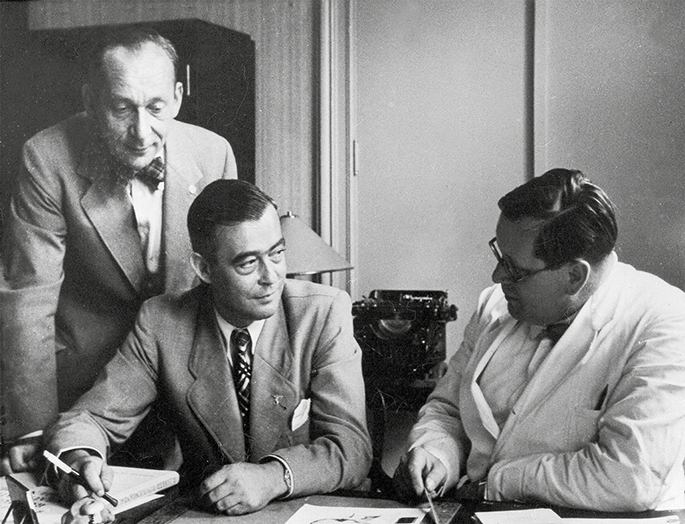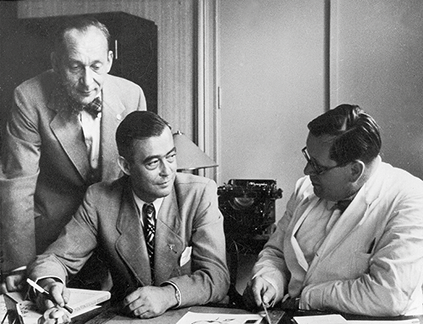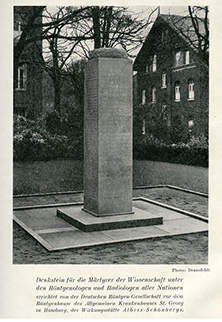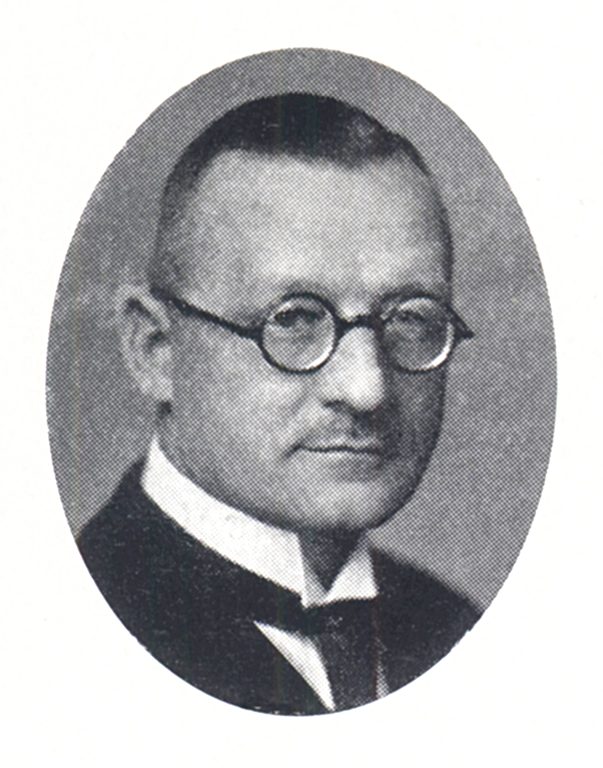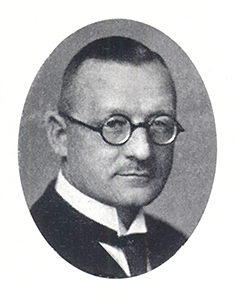
DRG – A Professional Association in National Socialist Germany
The “Reich Medical Calendar” for 1937 listed just 470 specialised physicians for radiological diagnostics and therapy. However, “radiologists” must also be included in this number; they were typically older physicians who, in addition their professional specialisations, also had acquired skills in diagnosis and therapy with radiological methods. Because the German Radiological Society also accepted other specialists – including (medical) physicists, engineers, and industrialists along with the two aforementioned groups of physicians – the membership figures accounted for a number of medical professionals who worked in radiological diagnostics and therapy. The rapidly growing importance of medical radiology ensured continuous membership growth, with the German Radiological Society counting a total of 1,453 members by 1940. It was easier to initiate successful cooperative ventures between the medical sciences and technology, practice and industry, in a shared space of communication.
Kurt Blome, Deputy Reich Health Leader, speaking with the radiologist Dr. Robert Janker, at left Dr. Kittler (Ullstein-Bild, 28 August 1938)
Memorial for the Martyrs of Science, Meyer, Hans (ed.): Ehrenbuch der Röntgenologen und Radiologen aller Nationen (= Special Editions on Radiology, Vol. 22), Berlin, Vienna 1937, p. VII)
The National Socialist Party politicians responsible for health affairs clearly expressed their intention of avoiding aggressive political micro-management through direct interventions from above. An employee of the Reich Health Office noted, however, that the elected boards of scientific associations were “evaluated” for basic political and “race-related” requirements in cooperation with the Reich Physicians’ Leader and the Reich Health Office.
The acceptance of a leading position in a professional scientific society such as the German Radiological Society was not linked inextricably to membership in the National Socialist Party, yet in the medical professions especially there was an above-average incidence of ‘self-Nazification’. We may therefore assume that 44.8% of all physicians registered with the Reich Physicians’ Chamber between 1936 and 1945 were members of the National Socialist Party. A recent study of the Rhine province and Westphalia even found a Party membership rate of about 56%, and confirmed a “Nazi affiliation” prevalence – defined as membership in the National Socialist Party and/or Party organisations or structures – of 74%.
DRG Chairman Karl Frik (1934-1939)
(German Museum of Radiology)
Unlike Karl Frik, who was head of the DRG up to 1939 and did not have a Party affiliation, his successor Werner Knothe decided to join the National Socialist Party by 1941, as did his deputy chairman Carl Hermann Lasch. The majority of advisory board members (11 of 16), as well as the state directors of the German Radiological Society (8 of 11), had also joined the National Socialist Party: Willy Baensch (candidate), Theodor Becker, Hans Erbsen, Rudolf Grashey, Heinrich Guthmann, Fedor Haenisch, Hans Holfelder, Hans-Joachim Körner, Willy Loepp, Carl-Wilhelm Lohmann, Joseph von Palugyay, Artur Pickhan, Alexander Wallnöfer, and Georg August Weltz (candidate).
Menu
Deutsche Röntgengesellschaft e.V. © 2018
| Impressum | Datenschutz
